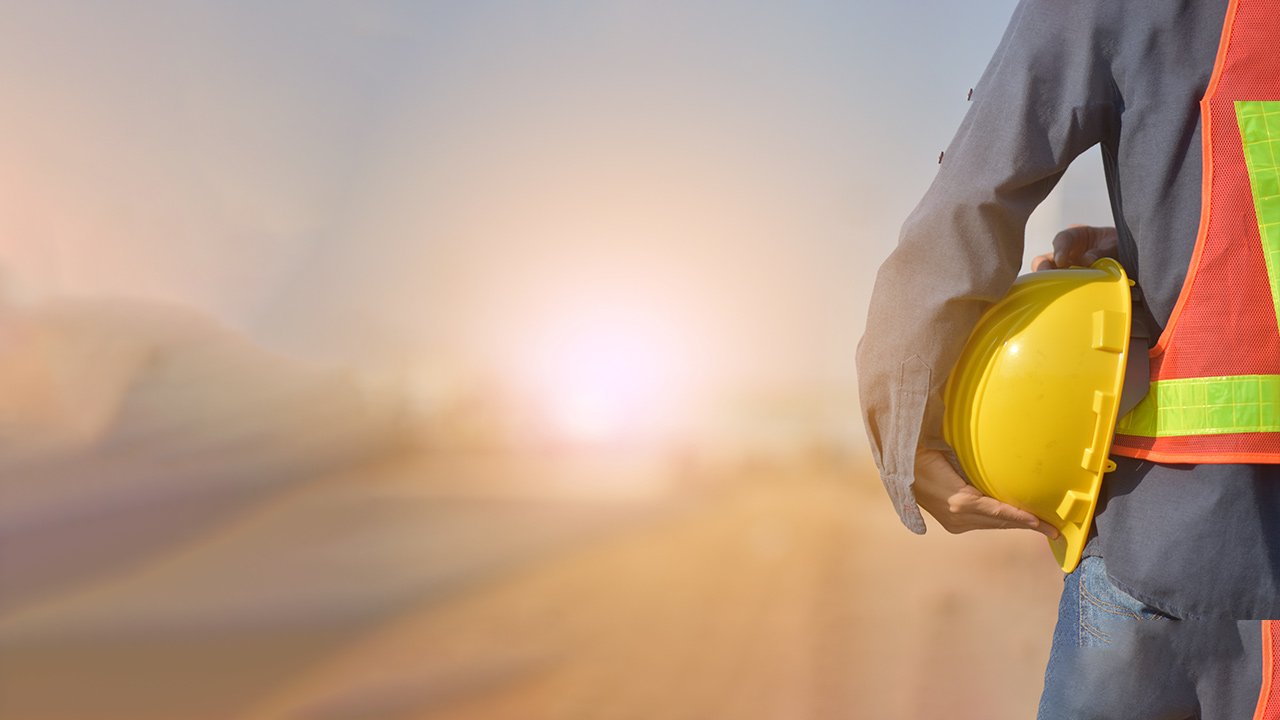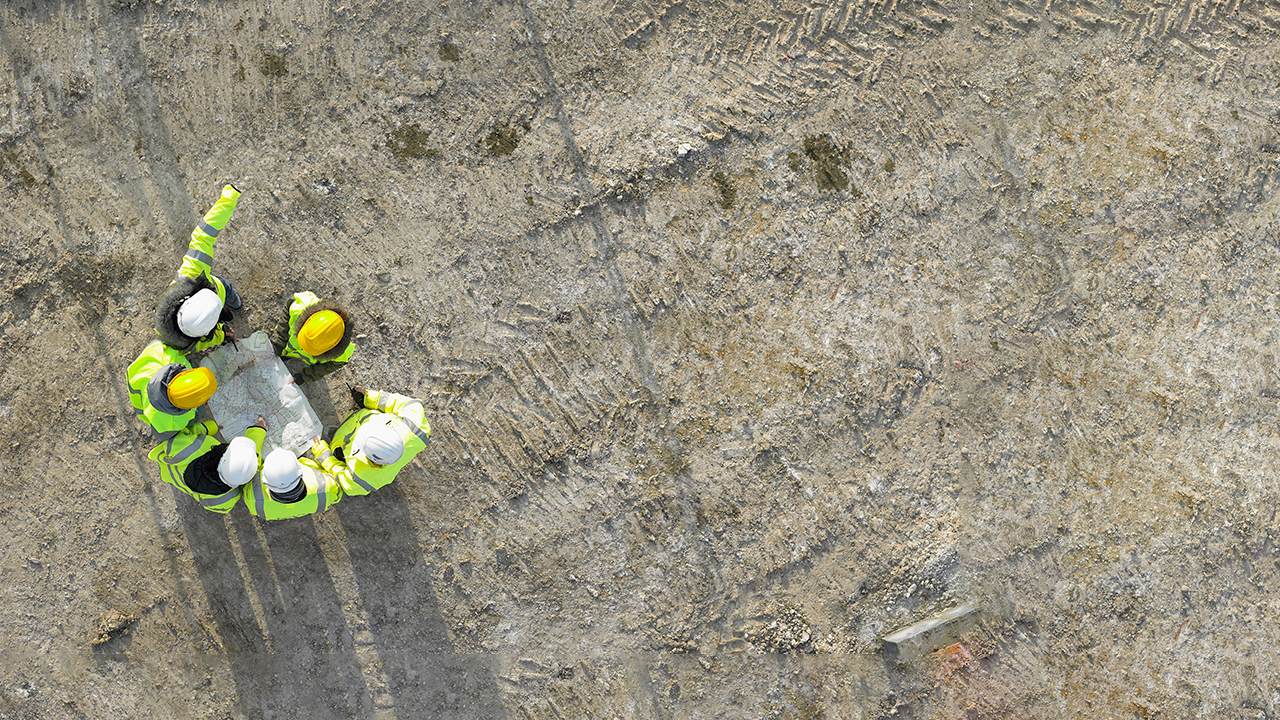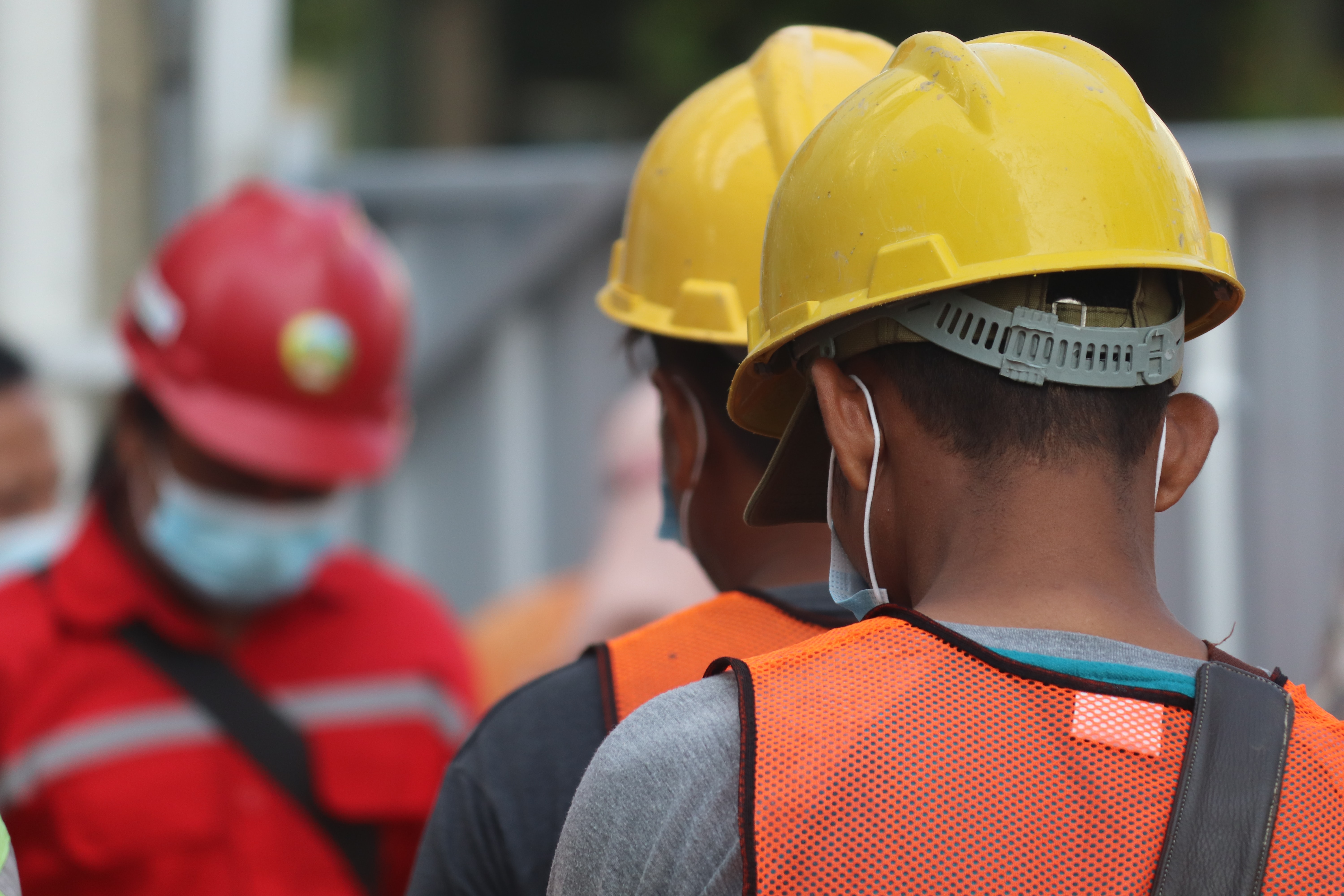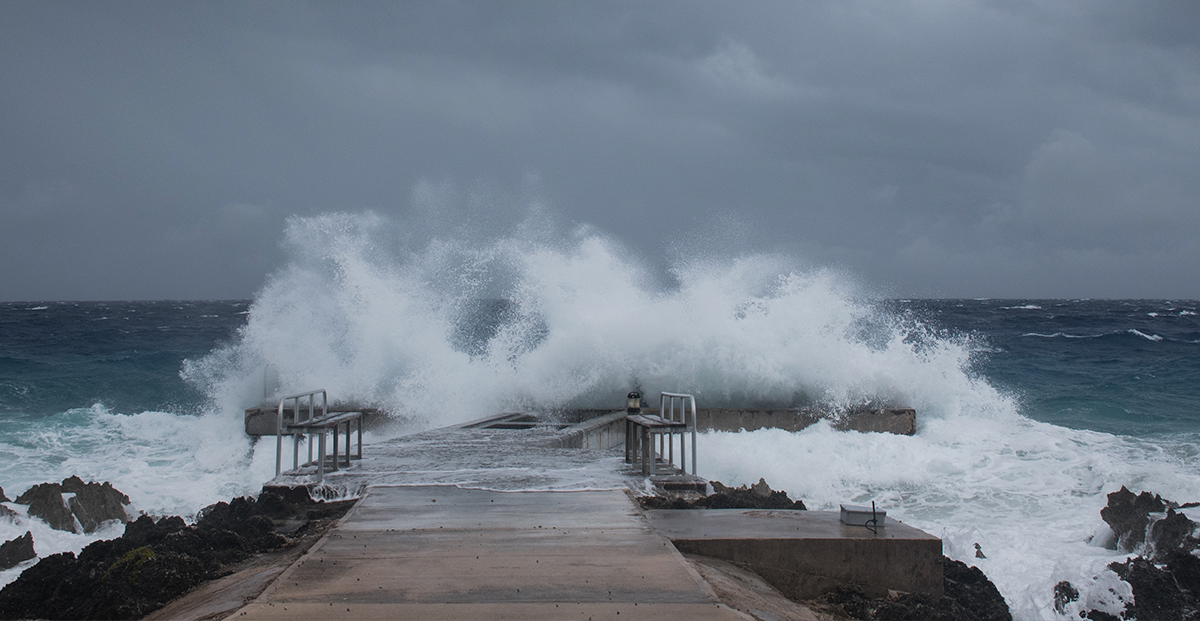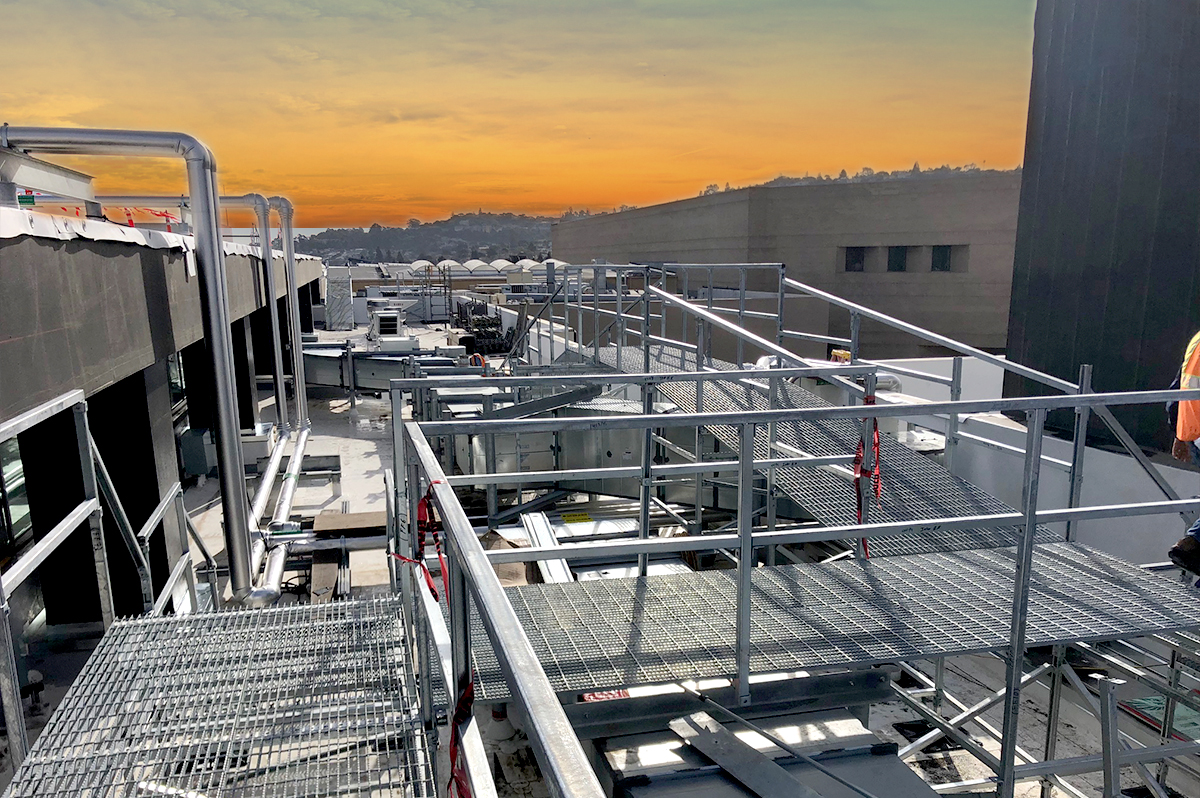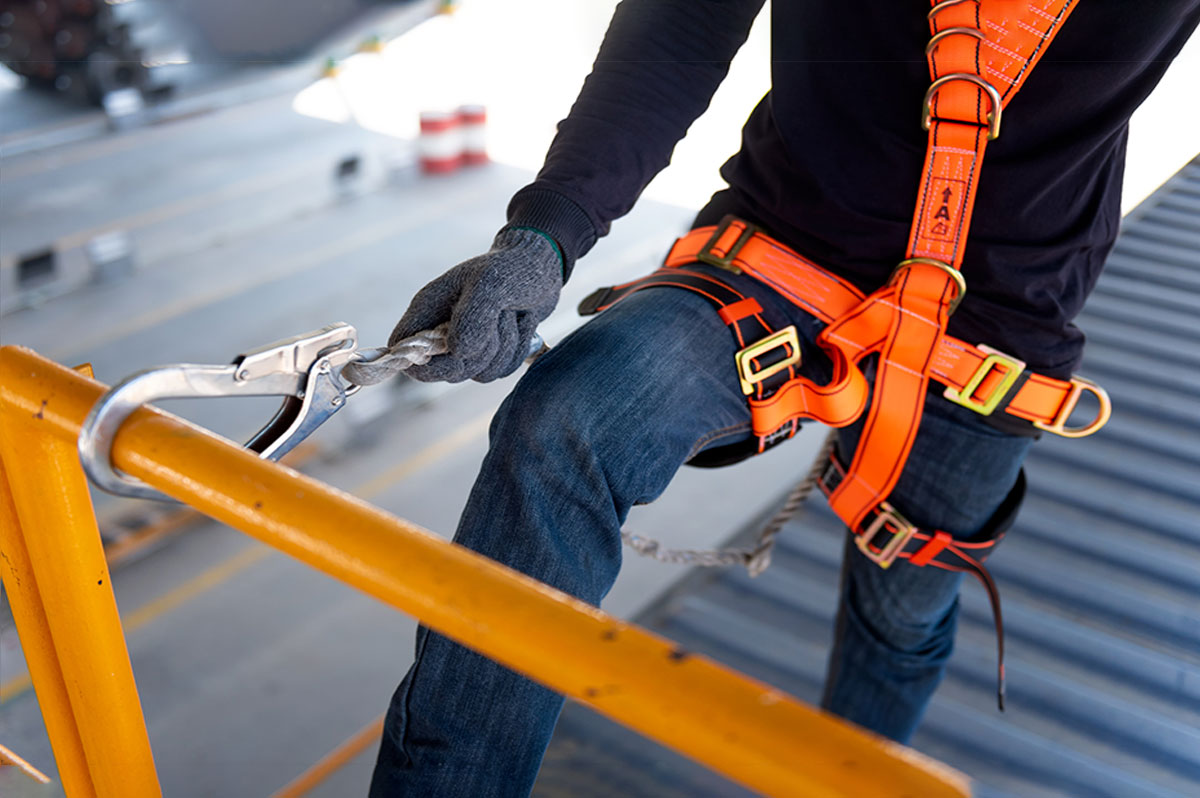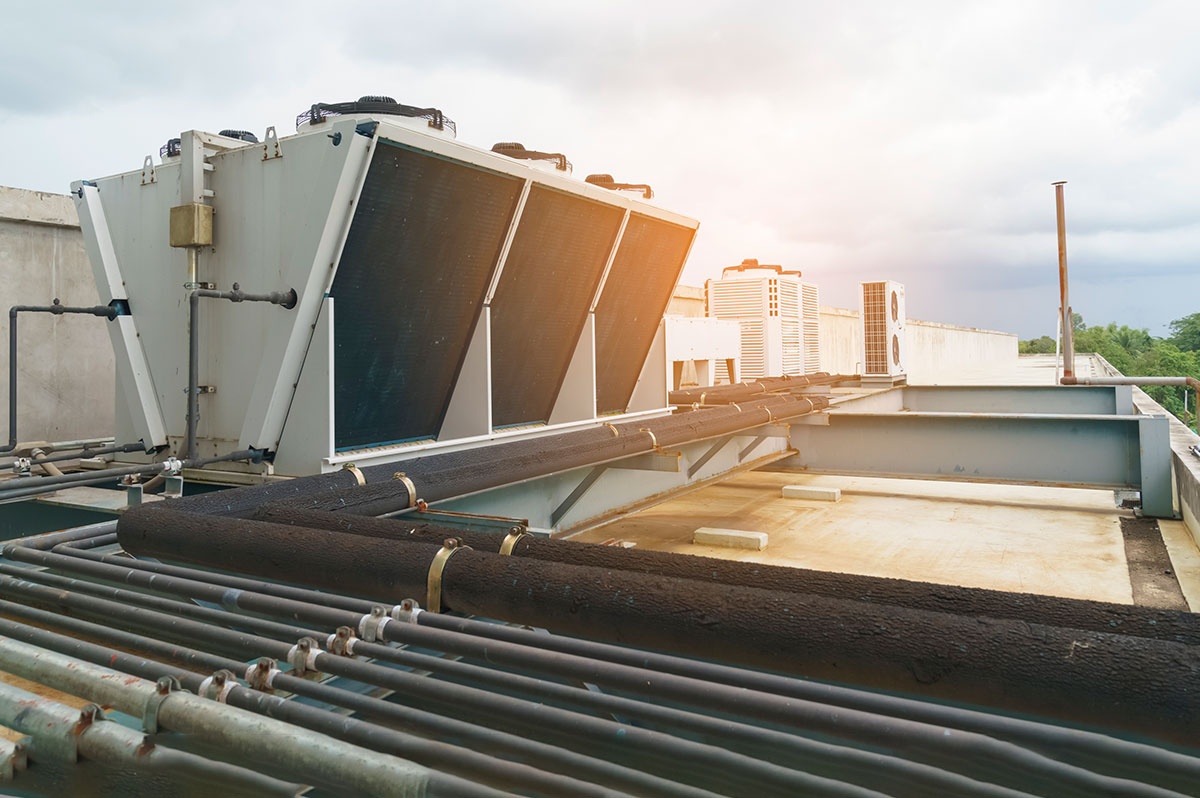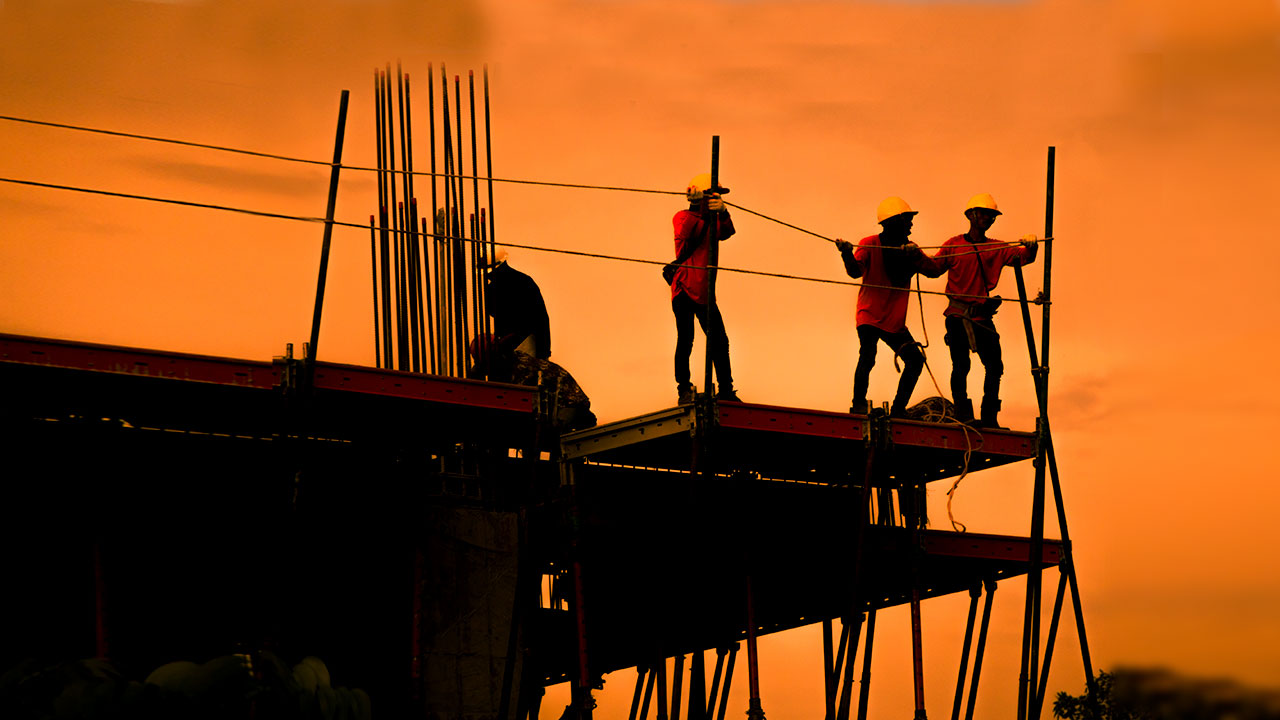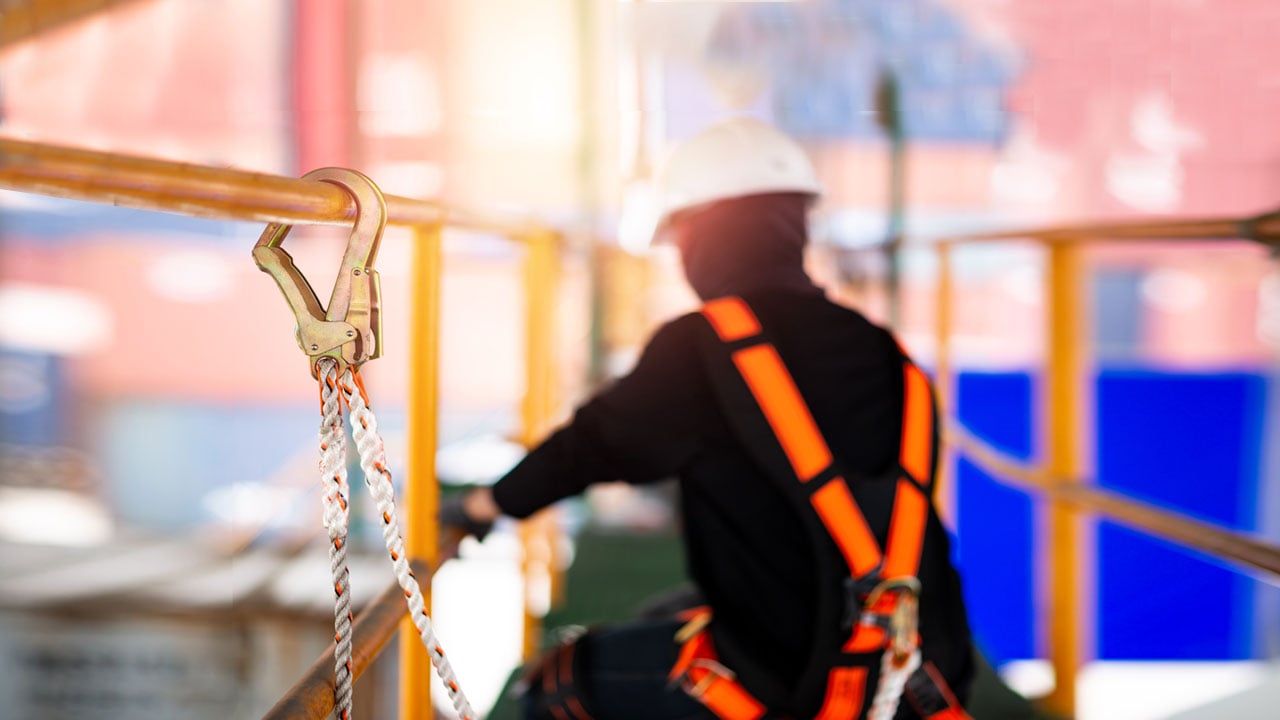Working on rooftops can be dangerous. According to BLS.gov, roofing workers had one of the highest rates of nonfatal falls, with 86.9 cases per 10,000 full-time workers in 2016. In 2020, the number of fatal accidents for roofers was 50 per 100,000 full-time workers. It’s not surprising that working on rooftops incurs risk, with heavy lifting, frequent climbing, and working in the scorching heat. OSHA considers roof safety to be paramount, and it’s something that commercial/industrial building managers must consider.
Beyond Falls: Preventing Injuries With Rooftop Support Equipment
Topics: Roof Safety
Roof safety is paramount for commercial buildings. A roof collapse is the worst-case scenario for a commercial roof, and the effects are widespread. First, the roof isn’t just gone—a collapsing roof creates debris that falls into the building and does damage to the walls and floors. This might render the entire building unusable. Any business inside the building must relocate or come to a halt. Any occupants might be injured or even killed.
Topics: Roof Safety
Digging In to Commercial Roofing Safety Practices: Q&A With John Engle
How often do you think about the safety of your commercial roof? For building owners and managers, rooftop safety is a topic that should be at the forefront of your mind. After all, the roof is a vitally important part of your building, housing important equipment that keeps your tenants comfortable. Securing this equipment while ensuring your rooftop stays protected from damage is essential. To do so, you must be able to provide safe, regular access for maintenance workers and staff.
Topics: Roof Safety
How Hurricanes Can Impact Rooftops and Rooftop Equipment
Hurricane season is here, and commercial roofs can see damage as a result. Heavy rain, wind gusts, flash flooding, and debris can all result in problems for your roof, especially for low-slope roofing which poses additional vulnerability during extreme weather with risks to the perimeter, corners, and flashing areas. Today, we’re discussing how to prepare now for hurricane season, what you should do when you know a hurricane is on the way, and what you should do after a hurricane strikes. We will illustrate how using rooftop support systems can reduce the incidence of damage by eliminating some of the risks that come with storing equipment directly on the rooftop.
Topics: Roof Safety, Rooftop Equipment
As all commercial building managers know, providing safe and reliable rooftop access is imperative to ensure that any equipment stored in this area is properly maintained. Accessing this equipment is often easier said than done, however. Without proper planning, you may encounter multiple safety and logistical issues. The best way to ensure easy rooftop access for workers and all personnel is to invest in a complete rooftop access system—including stairs, platforms, and crossovers—all of which work together to create an ideal rooftop solution that protects your equipment and roof as well as workers.
Topics: Roof Safety
Having equipment on the rooftop comes with a certain amount of risk that demands safety be considered. There are many factors to assess, such as equipment placement and layout, accessibility for maintenance and repair crews, how rooftop traffic will flow, and how this foot traffic may affect the integrity of the roof. We go over common risks with rooftop equipment and how building managers can mitigate this risk and create safer rooftop environments with proper rooftop support equipment.
Topics: Roof Safety
Rooftop safety should always be an important consideration for any commercial building owner or manager. Safety measures are equally crucial for the protection of the roof and the people who access it. Not all rooftop safety plans are created equal, however. For maximum effectiveness, go the extra mile with your rooftop safety plan to ensure your efforts are met with success.
Topics: Roof Safety
Your rooftop is crowded. As far as your rooftop is concerned, your workforce may need to navigate next to steep drop-offs, over ledges, around cable runs, and past skylights. Putting a foot in the wrong place can have negative consequences, if you’re not careful.
Topics: Roof Safety
Very few people should ever get to see what it looks like on top of a commercial roof. Rooftops are unequivocally dangerous, with falls from rooftops representing over 33% of deaths in the construction industry. By this metric, building owners need to make it relatively difficult for anyone to get on top of a commercial roof, with barriers in the form of locks, special training, permission slips, and time sheets. In short, no one should be able to access your roof without learning about its safety features, getting a key from a designated individual, and logging their time.
There’s a different side to the coin, however. Once your workers have passed the hurdles you put up to prevent them from freely accessing the roof, they should be able to get around easily and safely. This means the addition of handrails to roof edges and elevated spaces, crossover ramps to traverse elevation changes and cable runs, and access platforms next to maintenance equipment. This allows workers to get to rooftop job sites and perform mission-critical job functions in comfort and safety.
Topics: Roof Safety
When someone falls, someone gets hurt—and the risk is doubled if you’re on top of a roof. Even if you fall on a roof (as opposed to falling from the roof to ground level or a lower-level roof structure), you can still be in considerable danger. That’s because a roof may contain hazards that you wouldn’t want to impact with your body, such as pipe supports, live electrical equipment, or rusted metal. There’s even a danger of falling through a roof if you happen to be standing near a weakened area or a skylight. In other words, rooftop fall protection is more important than most may think.
With so many hazards in play, it’s no wonder that roofing accidents make up over one-third of all fatalities in the construction industry. Since you believe in worker safety—plus avoiding fines and bad publicity—it’s likely that you are interested in the guidelines and techniques that make up rooftop fall protection and prevention. Here are the top four ways to get started:
Topics: Roof Safety


